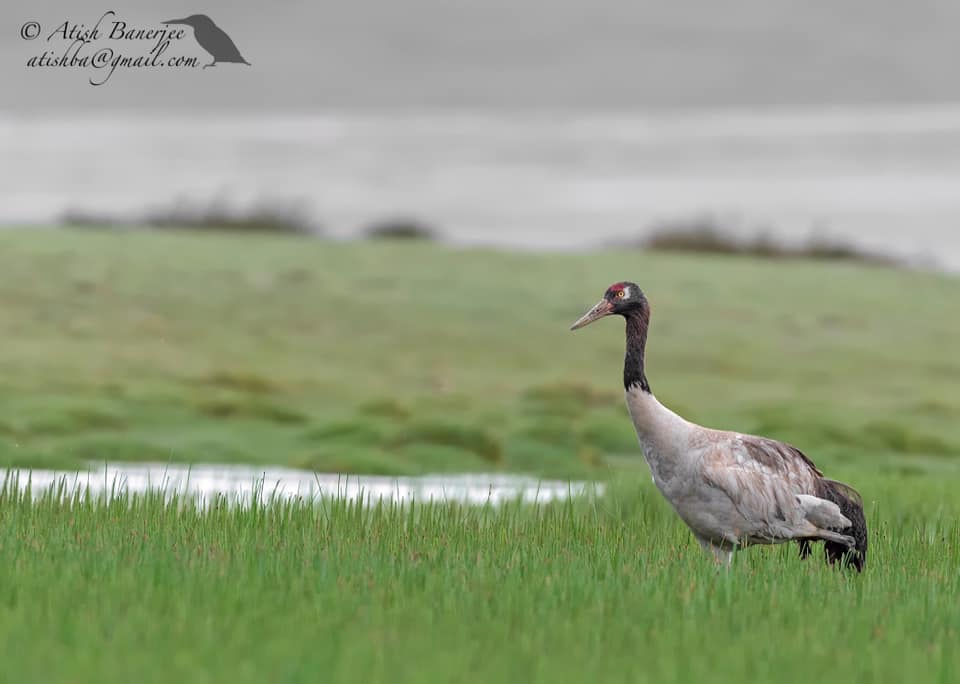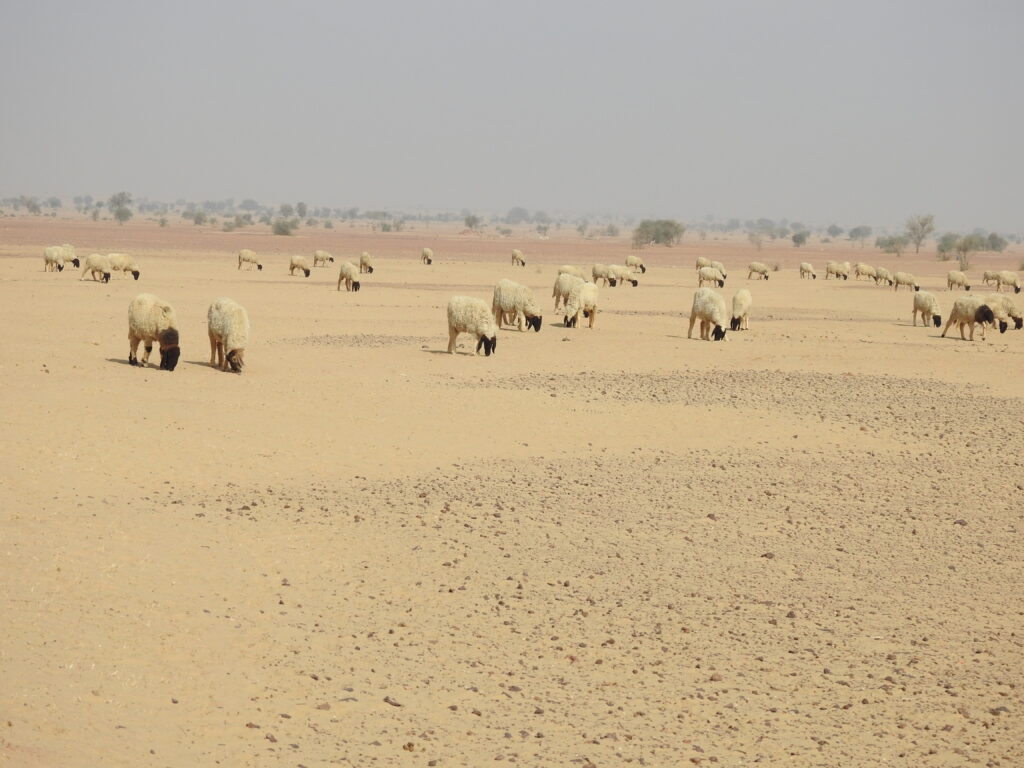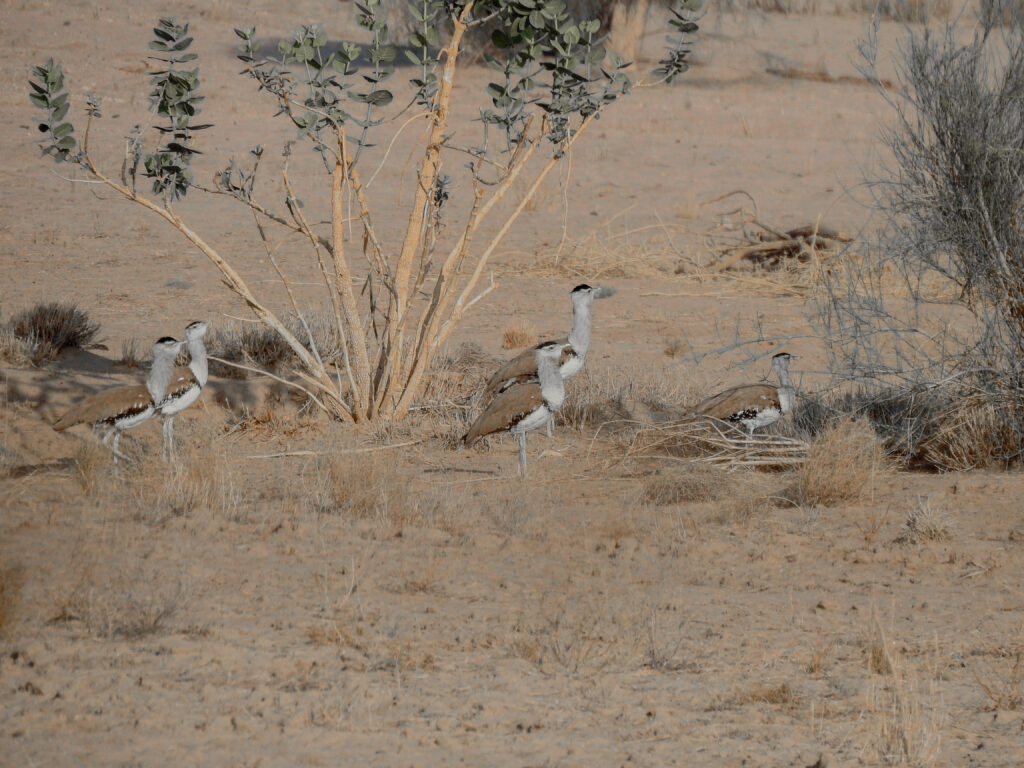Grassland ecosystems are one of the most biodiverse and ecologically significant biomes. These refer to a variety of habitats, including woodlands, steppe formations, scrublands and pastures, which are dominated by grass and grass-like flora. Grasslands play a vital role in regulating the climate, water quality and nutrient cycling. The high sequestration of carbon also makes grasslands critical in the fight against climate change. Furthermore, grasslands provide important resources for agriculture and pastoral communities. Numerous food crops, such as wheat, corn and millet, find their roots in grasslands. In India, these habitats act as grazing grounds for 500 million livestock.
Grasslands – the Abode of Endangered Biodiversity
Occupying around a fifth of India’s landmass, grasslands house some of the country’s most exotic wildlife. This ranges from rare carnivores such as the Pallas Cat, Indian Wolves, Caracal, Striped Hyenas and a variety of foxes to ungulates such as Blackbuck, Bharal, Chinkara and Indian Wild Asses. Grasslands also house the critically endangered Great Indian Bustard and Lesser Florican. A large plethora of migratory birds, including Black-necked Cranes, Greater Flamingos and raptors also rely on India’s grasslands.

Figure 1: Black-necked Cranes are amongst the rarest of species which rely on Grasslands. (Picture Credits: Atish Banerjee)
Unfortunately, grasslands are dying across the globe. India has lost 20 million hectares of grassland between 1880 and 2010. The Great Indian Bustard, once in the race to be India’s national bird, has been shoved to the brink of extinction due catastrophic destruction of grassland habitats. Other species, such as the Indian Wolf and Blackbuck, have been similarly affected. Still, the government is unwilling to change its apathetic outlook towards grasslands. In fact, only 3% of India’s grasslands come under Protected Areas. Encroachment is inevitable. The grasslands of the Himalayas and Western Ghats have also been decimated thoroughly, leading to an ecological cascade. There has been much focus on the reintroduction of cheetahs into India. However, a lack of appropriate grassland habitat has hindered this ambitious project.
Alien Plants Causing Havoc
The ignorance of the conservation of grasslands seems to be amongst the more foolish of colonial hangovers. The British, who relished upon the immense economic benefits of India’s forests, considered grasslands as degraded wasteland. They began the practice of afforesting grasslands with monoculture plantations. In fact, they are responsible for mass destruction of the Western Ghats, particularly its Shola Grasslands. Over 30 species of invasive plants were planted in the region between 1820 and 1930. The most common of this were Acacia melanoxylon and Eucalyptus. The latter is responsible for significantly hampering soil quality and dehydrating the local habitat. Later, coffee, tea and cinchona tree plantations also became more prevalent. However, invasive plants still continue to hamper grassland ecosystems.
Prosopis juliflora, an introduced invasive tree, has also destroyed a significant part of India’s current grasslands. In 1997, the plant only occupied 6% of the Banni Grassland, one of the most crucial habitats for the critically endangered Bengal Florican, Great Indian Bustard and Indian Wild Ass. As of 2009, around 33% of the grassland have been replaced by Prosopis. While this invasive plant easily dominates native plants, locals also promote their growth. The plant produces charcoal, which is replacing pastoralism as a source of livelihood of the locals. Ancient grasses and short stunted trees, which were food sources for local herbivores, have been heavily replaced by monoculture plantations.
The grasslands of Karnataka, such as Ranebennur Blackbuck Sanctuary and Jayamangali Conservation Park, were also significantly hindered by such invasive plants. Since the spread of Eucalyptus and Prosopis in the region, the blackbuck populations in both parks have steadily declined and the Great Indian Bustard populations have been completely decimated.
Prevalent Habitat Degradation
Unfortunately, the spread of invasive plants across grasslands has been enhanced by the various afforestation programs by the government. Since the National Forest Policy of 1988, India has a target of covering a third of the country under tree plantations. Majority of this forest cover was to be planted in degraded habitats, which still includes grasslands. Despite much protest, the Draft National Forest Policy in 2018, still possessed similar goals. In the United Nations Conference of Parties 2019, Prime Minister Shri Narendra Modi raised India’s target of converting 26 million hectares of degraded land into forests by 2030. Conservationists have been heavily alarmed by these promises.
Grasslands also face significant threats from India’s 500 million livestock. Excessive grazing has led to significant habitat degradation and relentless competition for wild ungulates. Studies in the Johar Valley of Uttarakhand by Wildlife Institute of India found that the grazing pattern of Blue Sheep was significantly altered to avoid humans and their nomadic livestock. 39% of the Bharal range in the region overlapped with livestock. In these areas, Bharal shifted their grazing to more rugged terrain, which possessed lower grade foliage. Similar trends of avoidance have been noted from ungulates found across India’s heartland.

Figure 2: Overgrazing has destroyed the grasslands of Rajasthan and the Himalayas.
The Downfalls of Renewable Energy
Development, particularly for renewable energy, are also unfortunately threatening grasslands. The grasslands of Rajasthans are being heavily replaced by windmills and power transmission plants. Collisions with these structures are the biggest threat to the Great Indian Bustard and Migratory birds such as flamingos and raptors. The spread of invasive species is also catalysed by development across grasslands. The recent proposals for the development of the world’s largest solar parks in the Kutch region does not augur well for the grassland ecosystem.

Figure 3: Renewable Energy Plants have cast a shadow over the future of the Great Indian Bustard
Help us Help Them! Think Wildlife Foundation is a non profit organization with various conservation initiatives. Our most prominent campaign is our Caring for Pari intiative. Pari is a rehabilitated elephant at the Wildlife SoS Hospital. 25% of the profits from our store are donated to the elephant hospital for Pari. Other than buying our wonderful merchandise, you could donate directly to our Caring For Pari fundraiser.
